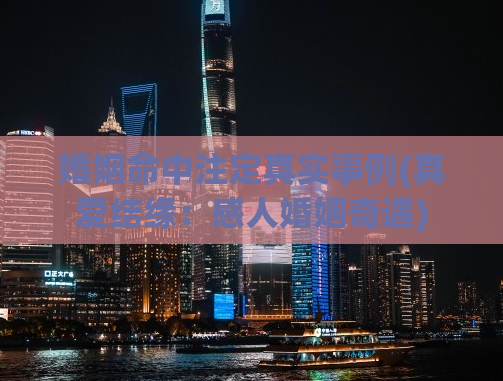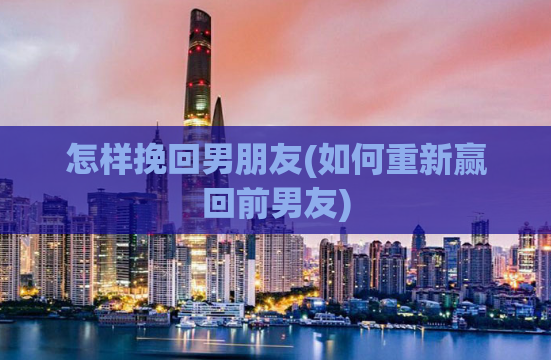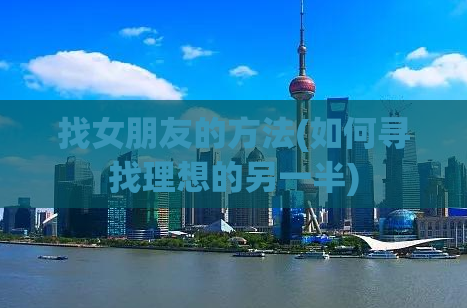Shanghai Bund A Historical Overview
The Shanghai Bund, also known as the Waitan, is a popular tourist destination in Shanghai, China. It is a waterfront area located on the western bank of the Huangpu River and stretches about 1.5 kilometers. The Bund is known for its colonial-era architecture, which reflects the city's history as a major international trading hub. It has become an iconic symbol of Shanghai and attracts millions of visitors each year.
Early History

The history of the Shanghai Bund dates back to the mid-19th century when the city was a major trading port. The Bund was originally a simple levee constructed in 1866 to prevent flooding from the Huangpu River. As the city grew, the Bund became the center of business activity and a hub for foreign traders. By the early 20th century, the area was home to some of the world's most influential banks and trading companies.
Colonial Architecture
The architecture of the Shanghai Bund is a mix of different styles, reflecting the city's history as a global trading hub. Many of the buildings were constructed in the early 20th century by foreign architects, and the styles range from neo-classical to Art Deco. The most famous buildings include the Customs House, the Hong Kong and Shanghai Bank, and the Peace Hotel. Walking along the Bund, visitors can admire these grand buildings and experience the glamour of Shanghai's past.
Political Significance
The Shanghai Bund also has political significance in Chinese history. In the early 20th century, the Bund was the center of the International Settlement, a foreign-run area in Shanghai. The International Settlement was established in 1863 as a result of the Treaty of Nanjing, which ended the First Opium War. The area was run by Western powers, and the Bund became a symbol of foreign influence in China. In 1927, the Nationalist government took control of the International Settlement, and the Bund became a symbol of Chinese nationalism.
Modern Development
In recent years, the Shanghai Bund has undergone significant modern development. In the 1990s, the city government embarked on a major renovation project to restore the colonial-era buildings and create a more pedestrian-friendly environment. Today, the Bund is a popular destination for tourists and locals alike. It is home to numerous restaurants, cafes, and luxury boutiques, and visitors can take a sightseeing cruise on the Huangpu River to enjoy the stunning views of Shanghai's skyline.
Conclusion
The Shanghai Bund is a unique symbol of China's history and global influence. Its colonial-era buildings are a testament to the city's past as a major trading hub, and its development in recent years reflects China's rapid modernization. The Bund remains one of Shanghai's most popular tourist destinations and is a must-see for visitors to the city.





发表评论